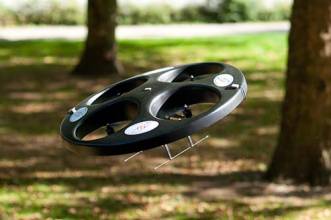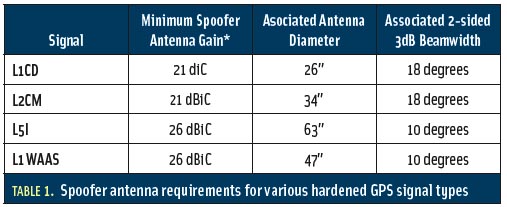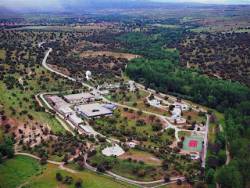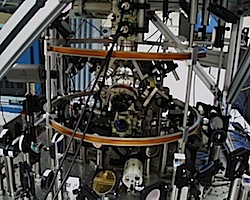CSNC 2013: China Satellite Navigation Conference

"BeiDou Applications – Opportunities and Challenges" is the subject of the 2013 China Satellite Navigation Conference to be held in Wuhan, China on May 15, 16 and 17, 2013.The event will be held at the Wuhan International Conference & Exhibition Center (696 Jiefang Road, Hankou, Wuhan, China).
It is sponsored by the China Satellite Navigation Office and a number of other official PRC agencies.
The official language of the conference is Chinese with simultaneous English translation.
By Inside GNSS












